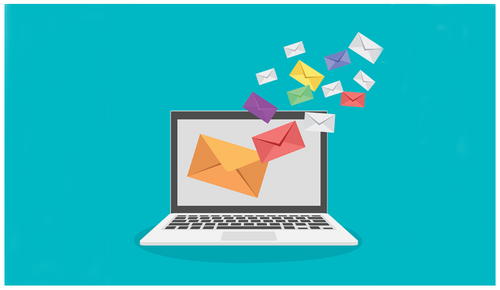In today's digital age, email communication is a cornerstone of professional and personal interaction. However, ensuring the accuracy and reliability of email addresses is a critical aspect of maintaining effective communication channels. This comprehensive guide will transform you into a master of crafting professional email validation messages, helping you build trust, enhance deliverability, and make a lasting impression on your recipients.
The Importance of Email Validation
Before we dive into the nitty-gritty of crafting professional email validation messages, let's understand why this process is so crucial.
1. Maintaining Data Accuracy
Email validation is the first line of defense against sending messages to incorrect or non-existent addresses. By ensuring your recipient's email addresses are valid, you reduce the risk of bounced emails and maintain data accuracy.
2. Enhancing Deliverability
Internet Service Providers (ISPs) and email service providers closely monitor the quality of emails being sent through their networks. Sending emails to invalid addresses can negatively impact your sender reputation, leading to messages ending up in spam folders or being blocked altogether.
3. Building Trust
When your recipients receive emails at valid and relevant addresses, they are more likely to trust your communication. It demonstrates that you care about the accuracy of your data and value your recipients' time.
Crafting Professional Email Validation Messages
Now that we understand the importance of email validation let's delve into the steps to craft professional and effective validation messages.
1. Be Clear and Concise
The first rule of crafting professional validation messages is clarity. Your recipients should immediately understand the purpose of the email. Use a straightforward subject line, such as "Please Confirm Your Email Address," to convey the message's intent.
2. Personalization Matters
Personalizing your validation messages adds a human touch. Address recipients by their names and use a friendly tone. For example, "Dear [Recipient's Name]," instead of a generic salutation.
3. Provide Clear Instructions
Your recipients should know exactly what to do next. Clearly outline the steps they need to take to complete the validation process. Use simple and actionable language like "Click the button below to confirm your email address."
4. Offer Assistance
Some recipients may encounter issues during the validation process. Provide contact information or a support link where they can reach out for assistance. This demonstrates your commitment to helping them.
5. Avoid Overloading Information
While it's essential to provide instructions, avoid overwhelming your recipients with too much information. Stick to the core steps required for validation, and save additional details for follow-up emails if necessary.
6. Optimize for Mobile
Many people access emails on mobile devices, so ensure your validation message is mobile-responsive. Test your email on various devices and email clients to guarantee it displays correctly.
7. Include a Visual Confirmation
Visual elements, such as a prominent "Confirm Email" button, can help recipients quickly spot the action they need to take. Use contrasting colors to make the button stand out.
8. Say Thank You
Politeness goes a long way. Express gratitude for your recipients' cooperation and for choosing to engage with your content.
Common Questions About Email Validation Messages
1. How can I automate the email validation process?
Email validation services and APIs can automate the process of verifying email addresses. They can also help automate sending validation emails.
2. Is it necessary to include an unsubscribe link in validation messages?
While it's not required for validation messages, it's a good practice to include an easy way for recipients to opt out of future communications.
3. Should I send a reminder email if the recipient doesn't confirm their email address?
Yes, sending a polite reminder after a reasonable period can increase the chances of validation completion.
4. Are there legal requirements for validation messages?
Depending on your jurisdiction and the nature of your emails, there may be legal requirements. Consult legal counsel or relevant regulations like GDPR if applicable.
5. How can I measure the effectiveness of my validation messages?
Tracking metrics such as open rates, click-through rates, and validation completion rates can provide insights into the effectiveness of your validation messages.
In conclusion, mastering the art of writing professional email validation messages is a skill that can significantly impact the success of your email campaigns. By focusing on clarity, personalization, and user-friendliness, you can ensure that your validation messages not only serve their purpose but also leave a positive impression on your recipients. As email remains a central communication tool in today's world, investing in effective email validation messages is a worthwhile endeavor for any business or individual.



